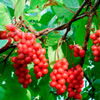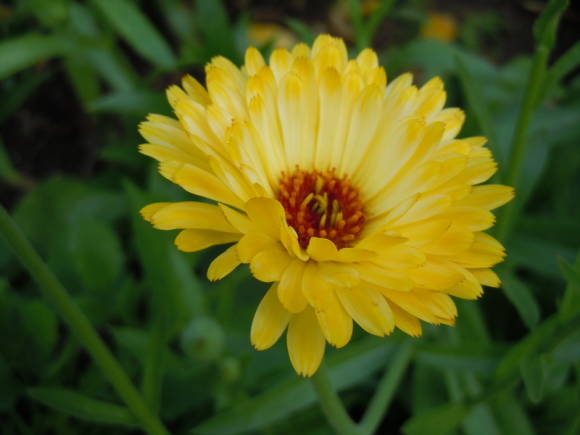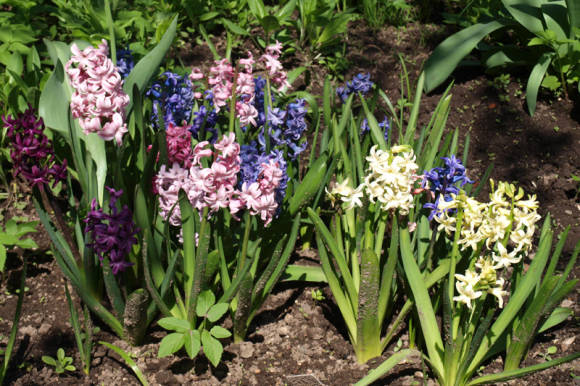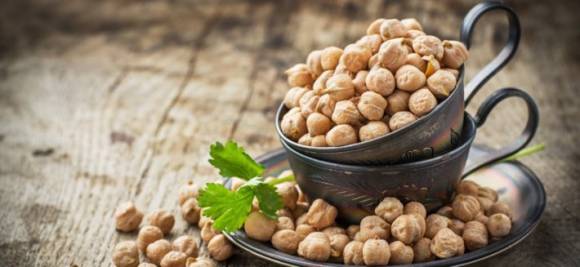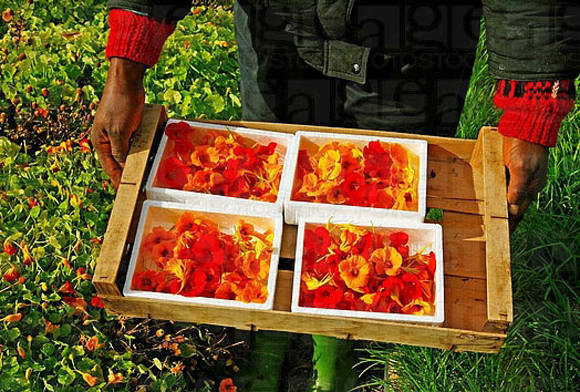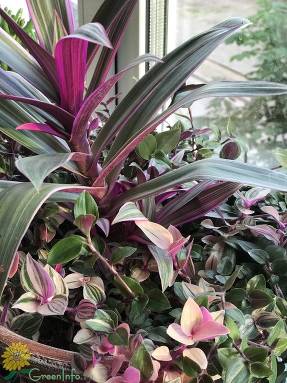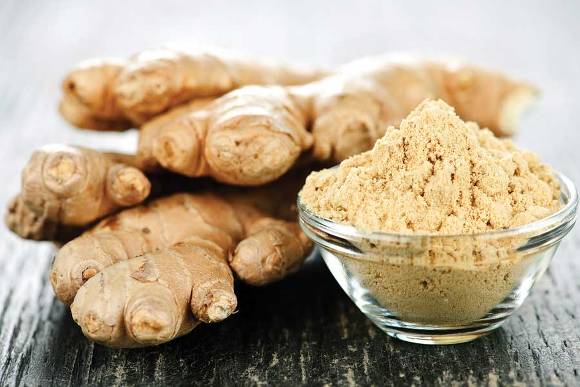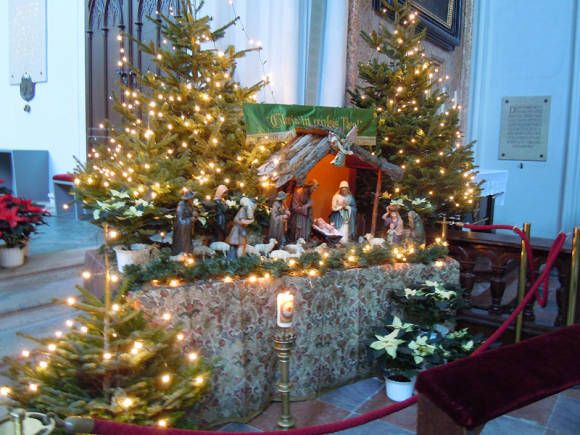Fashion was, is and will be, and this applies to all aspects of our life. Garden plants are no exception. Yesterday's favorites, beautiful cultures fade into the background, are forgotten. "You are old-fashioned, here's the payback // For what was once in fashion" (Samuel Marshak). But seemingly unremarkable people suddenly become loved and desired.

The preferences of domestic gardeners do not always coincide with European and world ones, but, as a rule, their waves overwhelm us. Today, at the height of fashion, we can say two cultures: echinacea and hydrangea. Let's start with the first one.
All nine species of the genus Echinacea (Echinacea) are natives of North America. The most common is Echinacea purpurea (Echinacea purpurea), medicinal and decorative culture. For a long time, gardeners were content only with the species form, white-flowered ‘Alba’ and large-flowered ‘Magnus’.

Initially, interest in echinacea arose with the emergence of the global fashion for natural-style gardens and easy maintenance. Already at the beginning of the 2000s, nurseries offer many varieties of Echinacea purpurea with various sizes, colors, sizes and shapes of inflorescences. Gardeners still remember the excitement caused by the appearance ‘Sunset’, ‘Sundown’ with yellow tones in color and variegated varieties. At the same time, it became possible to acquire the species Echinacea. Probably, it is worth someday to consider in detail the most spectacular and easy-to-care varieties of past years, for example ‘Kim’sMophead’ or ‘FatalAttraction’, firmly established in gardening outside our country, separately talk about the species echinacea.
The next breakthrough was the appearance in 2003 of the first variety, in the baskets of which there were no tubular flowers, but only reed flowers. This type of inflorescence began to be called terry, although this is not true. This legendary variety of Echinacea purpurea with pink inflorescences was called ‘Razzmatazz’... It is still in demand and is often found on sale.

He was followed by ‘PinkDoubleDelight’, favorably distinguished by early flowering, a greater ability to form daughter rosettes and the resistance of peduncles to wind and rain. He is one of the leaders in sales in Europe, but for some reason here he did not deserve popular love.
Further, the wave of popularity of echinacea began to look more like a tsunami. Finally, it swept over our gardeners. The emergence of new varieties is somewhat similar to an epidemic, even the term "confection" ("pineal epidemic") arose.
There is no sense or opportunity to describe everything that is offered. I will dwell on the most interesting varieties of the last two years that have been on our market, have shown themselves well and have been liked by many.
‘Irresistible’. The first "double" variety with red-orange, gradually turning pink inflorescences on branched peduncles. H80 cm.
‘HotPapaya’. Luxurious variety with red orange flowers. Differs in excellent growth of the rosette, branched peduncles, long and abundant flowering. H90 cm. It appears to be the best-selling variety of the previous two years.
‘Milkshake’. One of the constellation of "double" whites. Young inflorescences with an elegant bright yellow eye. The adult basket is high, in the form of a pom-pom, and the flowers are greenish-cream and, importantly, they do not lose their decorative effect for up to two months. A magnificent bush forms up to a hundred inflorescences. H90 cm.
 |  |
‘Marmalade’. The first is "double" with an orangey-yellow color, on which pink tones are gradually clearly manifested. Appeared on sale at the end of the 2010 season. Like most yellow varieties, it is a hybrid of paradoxical echinacea (E. paradoxa), very sensitive to blocking, but showed good stability. The bush looks impressive, especially at some distance. H80 cm.
‘RaspberryTruffle’. Huge "double" red-pink inflorescences with horizontally located reed flowers. Young inflorescences with a pronounced brown center, which is favorably combined with strong, branching, brown stems. The bush grows superbly. H80 cm. ‘HotSummer’. Belongs to varieties with simple flowers (inflorescences of a natural type with reed flowers along the edge), unfortunately, not popular with our gardeners.Nevertheless, this is one of the most striking, amazing new products. The plant develops vigorously, blooms profusely. At the same time, the blossoming yellow inflorescences become dark red over time, which makes the blooming curtain unusually elegant. H90 cm. ‘Piccolino’. This first dwarf variety with “double” pink flowers first appeared in 2011. Bushy well. H30 cm. ‘SouthernBelle’. An amazing novelty of the past season. The first "terry" hybrid based on Tennessee Echinacea (E. tennesseensis) with large rich pink inflorescences. From the parental form, it inherited a rapid growth and tillering, abundant and long, from June to October, flowering. Peduncles are repeatedly branching. H100 cm. I hope, after getting acquainted with this variety, you will pay attention to the species Tennessee Echinacea, which deserves wider use in our gardens. Guava ice Echinacea is being worked all over the world. The best known breeders in Europe are the Dutch Ari Blum (AB-cultivars nursery) and Marko van Noort. The leader in the American market is Terra Nova Nurseries. On the websites of these companies, you can familiarize yourself with the avant-garde assortment of echinacea. New varieties “AB-cultivars” have just been announced and will be offered to nurseries in spring 2012. Meet: ‘Pineapple Sundae’. The variety was promised in 2011, but due to production problems it will not be delivered until the coming spring. Inflorescences are "double", bright yellow, with age turning into a pompom with drooping ligulate flowers. The bushes are large, the stalks are strong, long, branching. H70 cm. Good for cutting. ‘Honeydew’. This hybrid of Echinacea purpurea with large "terry" baskets about 10 cm in diameter is very effective. Light ligulate flowers are arranged horizontally, the core is pastel light green with a darker center. Powerful, branched peduncles. H60 cm. ‘Buttercream’. "Terry" baskets up to 12 cm in diameter with a creamy-yellow color of the "cone" and almost white horizontal ligulate flowers. Unblown flowers in a young inflorescence are green. Peduncles are strong, branched. H55 cm. ‘Cleopatra’. Inflorescences are simple, ligulate flowers are bright yellow, tubular yellow-orange. Plants of excellent habit, bloom profusely, peduncles do not linger. Powerful growth, beautiful dark green foliage make it possible to get large container plants and decorative curtains in the garden in the first year. H55-60 cm. ‘WhiteDoubleDelight’. He appeared in Europe last season, but, as far as I know, he has not yet reached us. Snow-white "double" inflorescences, at a young age, show a greenish-yellow core. Blooms early and blooms profusely. It is a complete counterpart to the 'Pink Double Delight' with its unique characteristics, making it ideal for both landscaping and containers. H60 cm.



‘Guava Ice’. Introduced in 2010, which received the Plantarium 2010 gold medal and entered our market for the first time in 2011. Red salmon baskets. Plants are vigorous, disease resistant. Beautiful foliage, many rosettes and abundant long flowering. H75 cm. 


